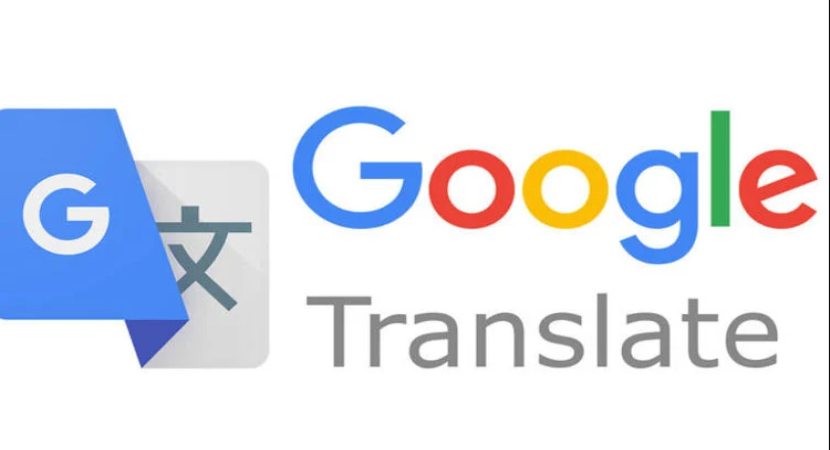Do you need help connecting to certain websites through your school or office network? Then proxy servers can come to your rescue in such cases. There are multiple proxy servers, and you can use Google Translate as one as well. Here’s a step-by-step guide on how to use Google Translate as a proxy server.
The steps to use Google Translate as a proxy are accessing Google Translate, selecting the source and target languages, translating a webpage or text, retrieving the translated content, and extracting links and images from the translated page.
Let us look at proxies, why we need them, their benefits and limitations, and how Google Translate acts as a proxy.
How to Use Google Translate as a Proxy? Core Concept
A Proxy acts as a middleman server that lets you connect your computer to websites blocked from your computer’s network. Proxies are an intermediate medium between our computers and the website we want to access.

They are a buffer between your computer and the restricted websites you want to access. Proxies serve various functions that help us during internet surfing.
Some proxies hide our IP address and help bypass geo-restrictions. Such proxies allow us to access restricted websites through our school and office networks. Some proxies examine web traffic and block malicious and suspicious content; others direct user requests to appropriate servers.
Proxies mask your IP address and let you access content on the internet that was previously blocked by acting as a server between your computer network and the restricted website.
See also: 3 Best Free Online Document Translator for Windows & Mac
How Does Google Translate Work as a Proxy?
Google Translate’s servers translate the URL or text. Then, they display the translated content on their server. Thus, their server acts as an intermediary site where the restricted website can be viewed.
Thus, it uses its translation features to bypass restrictions imposed by our local networks on certain websites. When Google Translate translates a website, it shows it on its server. Thus, that makes it bridges the geo-restrictions and other such restrictions.
Benefits of using Google Translate as a proxy
Using Google Translate as a proxy has a lot of benefits.
First of all, Google Translate is readily available and free to use. You can access Google Translate easily through any network. Thus, you can use this as a proxy without installing any other application, software, or extension. You also don’t need to use VPNs to access restricted websites.

Secondly, Google’s translation features help as a server and bypass any restrictions. They display restricted websites on their server. Thus, Google Translate helps act as a proxy by masking our IP address.
Thirdly, Google Translate has a very user-friendly interface, which can be used without hassle to view any restricted website within a minute. Thus, that makes it easy to use.
Additionally, as Google Translate translates the webpage, it can also be used to view websites that are not in a familiar language. Google Translate easily translates web pages and makes it easy for users to access content not in a standard language.
Further, since Google is a well-known company, it regularly improves its Google Translate features. Thus, any issue faced by you can be quickly resolved.
These reasons make Google Translate a perfect option to be used as a proxy.
Limitations and Considerations of Using Google Translate as a Proxy
Google Translate’s main task is translating a website without acting as a proxy. Therefore, many a time, the translated content may be slightly different from the original content, and this can lead to confusion and misinterpretation.

Further, some websites block translation services. In such cases, Google Translate cannot translate their web page and help us access the restricted website.
In some cases, Google Translate cannot translate certain website features. Also, in some cases, Google Translate might be slow and open to potential threats.
Accessing Google Translate
On how to use Google Translate as a proxy, accessing Google Translate is the first step. To access Google Translate, follow these steps:
- Open your web browser.
- Then, Search for Google Translate or click on this link.
- Then, click on Google Translate.
- Further, click on the ‘Websites’ tab.
Selecting the Source and Target Languages
Further, selecting the source and target languages is the next step in using Google Translate as a proxy. The following steps involve:
- Select the source language on detect language as any language that isn’t yours.
- Select the target language as your language.
- Directly copy the website URL and paste it into the dialog box.
Translating a Webpage or Text
Further, translating a webpage is the next step in how to use Google Translate as a proxy. Follow the following steps to translate a webpage or text:
- Click on the search icon.
- Then, the entire webpage is displayed.
- You are still on Google Translate’s website, but your website is displayed on it.
Retrieving the Translated Content
Follow the next steps to retrieve the translated content:
- Click on the translated URL to further visit the website in a different tab.
- You can access the content on the webpage.
Extracting links and images from the translated page
If you need specific information from the webpage, like links and images, you can right-click and interact with the webpage. Thus, you can extract links and images easily from the restricted website.
FAQs
How do I use Google Translate as a proxy?
The steps to use Google Translate as a proxy are accessing Google Translate, selecting the source and target languages, translating a webpage or text, retrieving the translated content, and extracting links and images from the translated page.
Is there a Google proxy?
Google Chrome proxy server acts as a proxy. Further, you can also use Google Translate as a proxy.
How does Google proxy work?
Google proxy masks your IP address and helps you access restricted websites.
Are proxies illegal?
No, proxies aren’t illegal. But, the intent behind using a proxy matters. Further, in some countries, proxies are unlawful.
Conclusion
Thus, you can use proxies to access restricted websites and hide your IP address. The steps to use Google Translate as a proxy are accessing Google Translate, selecting the source and target languages, translating a webpage or text, retrieving the translated content, and extracting links and images from the translated page.
See also: How Long It Take For My New Blog To Be Visible On Google?
He is a Tech Geek, Gadget Expert, SEO Expert, Web Designer, and a Blogger. Having a technology background gives him a unique perspective!

